Deadly storm systems and widespread flooding wreak havoc in southeast Australia
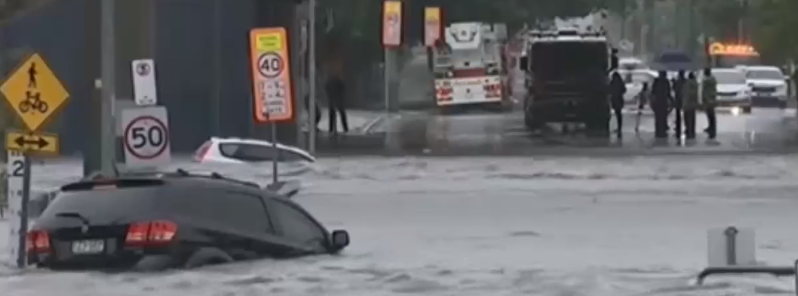
Severe storms accompanied by heavy rainfall started affecting southeast Australia on June 4, 2016, causing major flooding, strong winds, and high surf. So far, three people have lost their lives in weather-related incidents, and several went missing. More than 280 emergency flood rescues have been performed in New South Wales only.
A large and complex weather system and developing East Coast Low, forecast to induce severe weather conditions across some of Australia's most densely populated regions were affecting the southeast of the country with severe rainfall, damaging winds, riverine and flash flooding, high surfs, coastal inundation and beach erosion over the last two days.
Since Saturday, June 4, some affected areas experienced more than 400 mm (15.7 inches) of rainfall. 117 mm (4.6 inches) was recorded in Parramatta and Batemans Bay, 126 mm (4.9 inches) in Macquarie Park, 127 mm (5 inches) in St Ives, and 140 mm (5.5 inches) in Camden AP AWS, New South Wales, in a 24 hour period to 09:00 on June 6 (local time). At the same time, 148 mm (5.8 inches) was reported in Nowra AWS and Castle Cove and 165 mm (6.5 inches) in Turramurra.

Video credit: New York News


Video credit: The World News
In Tasmania, 143 mm (5.6 inches) of precipitation was observed in Interlaken and Frankford, 144 mm (5.7 inches) in Lake Augusta East, 150 mm (5.9 inches) in Mt Barrow, 193 mm (7.6 inches) in Mt Victoria, and 151 mm (5.9 inches) in Nunamara, in the same time period. 128 mm (5 inches) was recorded in Westbury and Wynyard while Gray and Pyengana reported 175 and 211 mm (6.9 and 8.3 inches) of rainfall.
For comparison, the average rainfall for the entire month of June is about 130 mm (5.1 inches) in Sydney. May this year was the fifth driest on record, as only 7.2 mm (0.3 inches) of precipitation was recorded at the Observatory Hill.
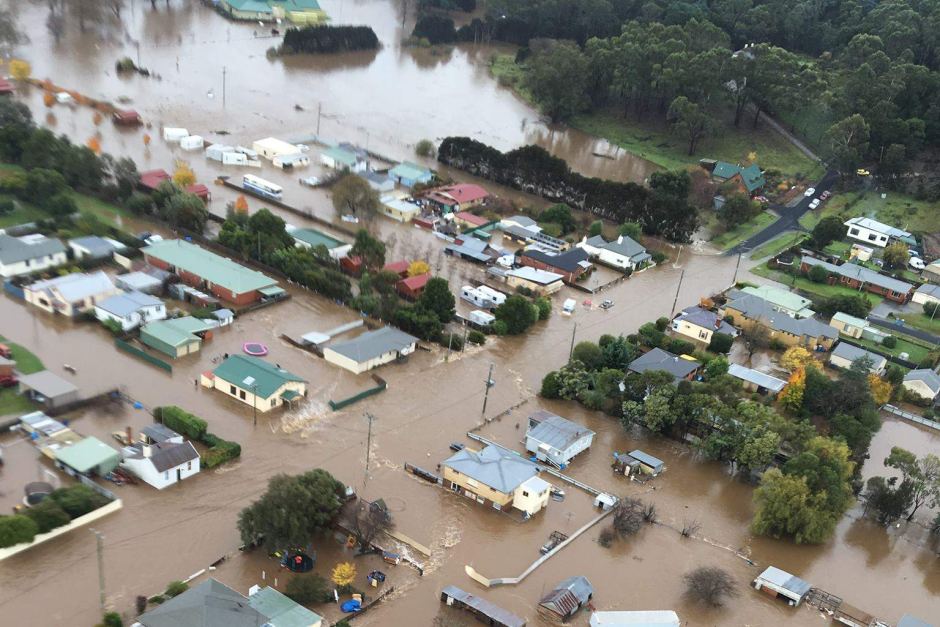

Flooding in Latrobe, northern Tasmania. Image credit: Tasmania Police
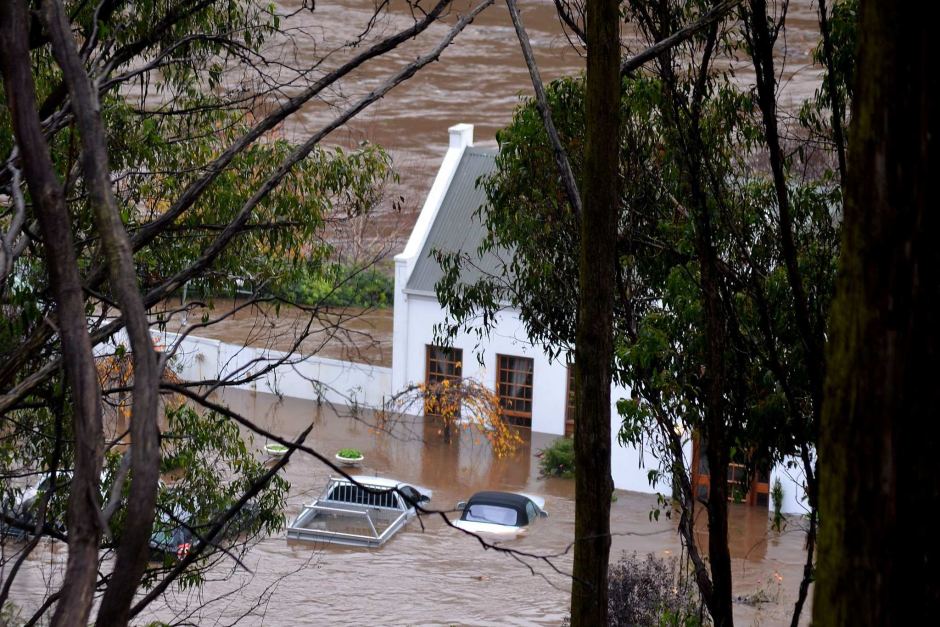

Two dead people were reported in New South Wales while one of the victims was from Canberra. They all died while crossing the floodwaters.
The NSW and the State Emergency Service stressed once again how dangerous driving in flooded area can be and stated they're unsure as to why people continue ignoring the constant warnings.
“It is a tragedy these two lives have been lost. We simply do not know how either of these two men came to be in the flood waters. But what we know is that their deaths show just how dangerous flood waters are,” said Kyle Stewart, the Acting Assistant Commissioner for New South Wales.
“What do we have to say to get the message across? Emergency service personnel this morning have had the devastating task of retrieving the bodies of the men. Flood waters are deadly – we can’t put it any other way.”


Video credit: Big News


Video credit: Movie Glitz
According to the New South Wales State Emergency Service (NSW SES), over 9 000 calls for aid have been received so far, and over 280 flood rescues have been conducted.
Evacuations have so far been carried out across 17 locations across the state, especially in the Lismore area, following the Wilson River overflowing its banks.The communities in Woronora, Chipping Norton, Lansvale, Milperra, and Elderslie were ordered to evacuate, as well. Over 226 000 properties experienced power losses during the storm.
On June 6, Australia's Bureau of Meteorology (BOM) stated the abnormally high tides will likely enhance the flooding risk, beach erosion, and coastal inundation in areas south of Port Macquarie. The high surf could induce local damage and coastal erosion, especially along the southern parts of the coast. People have been warned to keep away from the surf and surf exposed areas. Potentially affected locations include Newcastle, Gosford, Batemans Bay, Eden, Moruya Heads, Sydney, Wollongong, Port Macquarie, Taree, Old Bar, Forster, and Seal Rocks.
The consequences of major erosion were already observed in Collaroy in northern Sydney, where residents were evacuated on June 5, after 8-m (26.2 feet) waves slammed the coast, damaging their homes and washing away between 10 and 15 m (32.8 and 49.2 feet) of waterfront land.
The worst severe weather blow has passed the New South Wales, and flood threats have moved to Tasmania. Major flood warnings are currently in place for the rivers Forth River, Macquarie River, Meander River, Mersey River, North Esk River, river Derwent, and South Esk River. According to Simon McCulloch, a senior forecaster of the Tasmanian Bureau of Meteorology, this is the first time in the last 30 years that more than one or two rivers were threatening to overflow their banks at the same time:
“I have been around for the best part of 30 years, and we’ve had some major flooding on occasion, but generally only in one or two rivers at a time,” he stated.
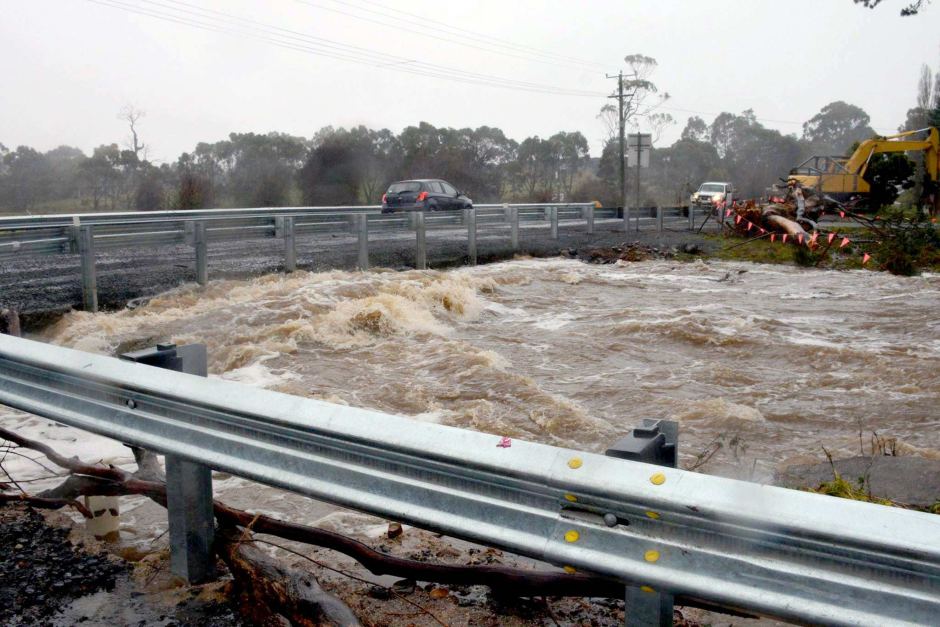

The flood in Fingal. Image credit: Louisa Rhodes
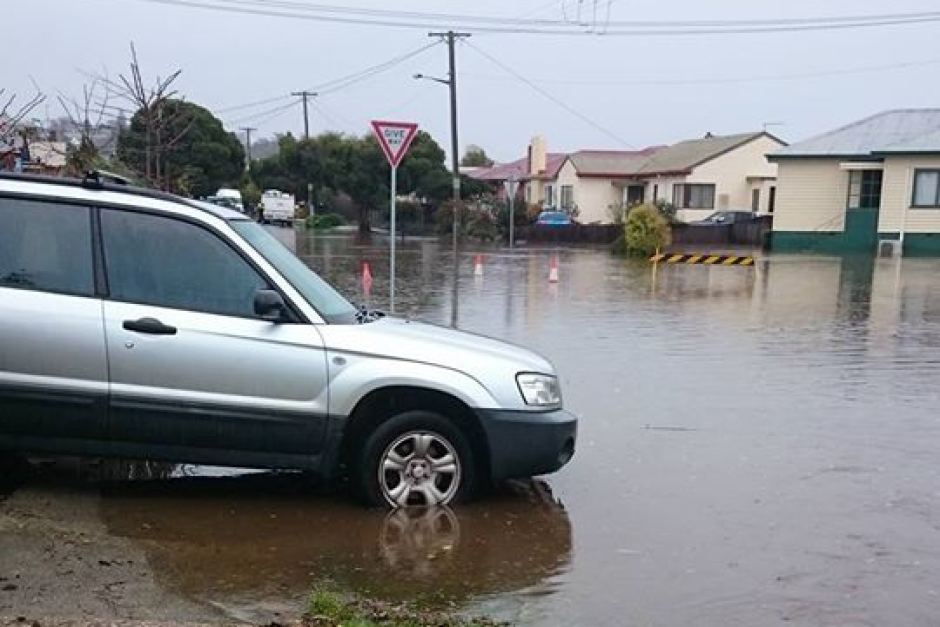

Media reported heavy rainfall across the Northern Tasmania over the last 36 hours triggered severe flooding on the Mersey, Forth, and North Esk River while major flooding is expected throughout the day in the South Esk and Meander Rivers. Floodwaters have, so far, affected Wynyard, Forth, and Latrobe and over 100 properties have been inundated. The SES reported 270 assistance requests so far. Evacuation centers have been set up in Wynyard, East Devonport, Albert Street (Launceston), and Deloraine.
A vehicle got caught in the flooding water in an incident at the Cotter Dam, west of central Canberra on June 5. A joint rescue attempt was conducted by the AFP SRG Maritime, ACT State Emergency Service, ACT Ambulance Service, and ACT Fire & Rescue. However, bad weather conditions made the rescue attempt difficult, and the victim wasn't saved.
Featured image credit: Movie Glitz

Commenting rules and guidelines
We value the thoughts and opinions of our readers and welcome healthy discussions on our website. In order to maintain a respectful and positive community, we ask that all commenters follow these rules:
We reserve the right to remove any comments that violate these rules. By commenting on our website, you agree to abide by these guidelines. Thank you for helping to create a positive and welcoming environment for all.